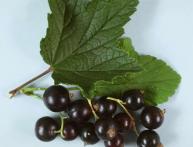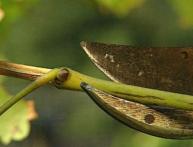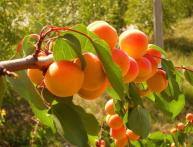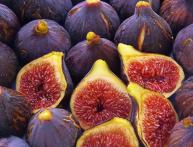Pruning currant bushes. How to optimize it
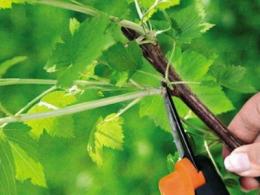
Spring is a busy time for all gardeners. At this time, you need to do a lot in order to have a good harvest in the fall. Pruning currant bushes is one of the top priorities when planning work on the site.
To create and maintain the maximum amount of fruit-bearing wood in the bush, in order to always have a high-quality and regular harvest, pruning the bush plantings is fundamental.
A simple and practical pruning of currant bushes is the removal of excess annual shoots and branches whose growth is less than 15 cm. The bushes are pruned in autumn or early spring, before the buds open. You can also carry out summer pruning of black currants immediately after harvesting.
To minimize manual labor, new cultivation technology can be used. During the first five to six years after planting, currants are not formed, receiving 2-3 harvests during this time. Then, instead of removing individual branches with weak growth, prune them down to the soil every 5-6 years and burn the branches.
After pruning the bushes, it is necessary to apply mineral and organic fertilizers to nourish the plants. The next year, many new shoots grow, of which 15-20 of the strongest are left, the rest can be cut out to the point where they become lignified. Early fruiting varieties begin to bear fruit one year after complete pruning. After harvesting several harvests, it is better to uproot the bushes and replace them with young ones.Thus, by rejuvenating blackcurrant plantings, you can get a yield 30-40 percent higher than in other cases.


